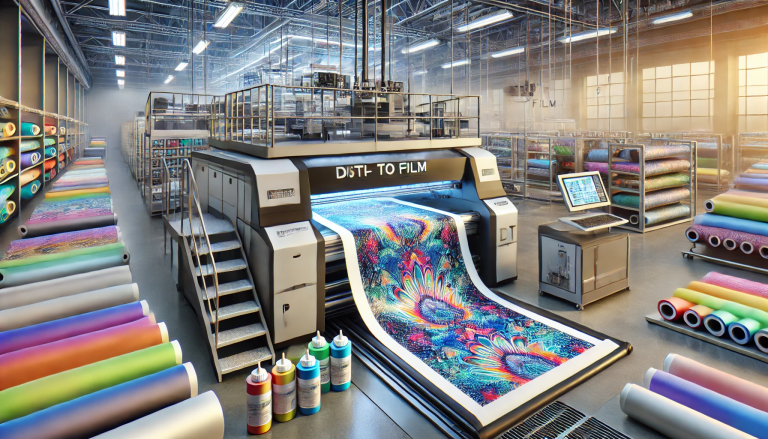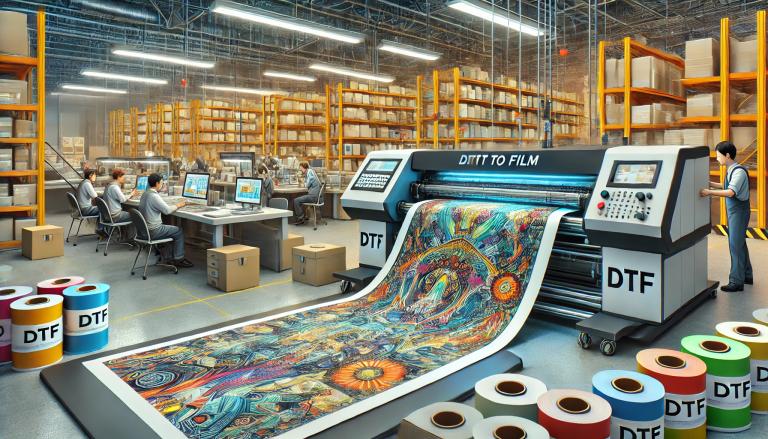“Peel away the layers of your film with Does DTF A4 Film Peel!” -MAXDTF- DTF Heat Transfer Paper Manufacturer, DTF PET paper Supplier, Made in china
Introduction
Does DTF A4 Film peel? is a question that many people have when it comes to using this type of film. DTF A4 Film is a type of film that is used for a variety of applications, including printing, laminating, and protecting documents. It is a popular choice for many businesses and individuals because of its durability and versatility. In this article, we will discuss the process of peeling DTF A4 Film and the best practices for doing so. We will also discuss the benefits of using this type of film and the potential drawbacks. Finally, we will provide some tips for ensuring that the peeling process goes smoothly.
Understanding the Different Types of DTF A4 Film Peel and Their Uses in Photography
When it comes to photography, there are many different types of film available to choose from. One of the most popular types of film is DTF A4 film peel. This type of film is known for its high quality and versatility, making it a great choice for a variety of photographic applications.
DTF A4 film peel is a type of color-negative film that is designed to produce high-quality images with excellent color accuracy and sharpness. It is also known for its excellent archival properties, meaning that it can last for many years without fading or discoloration. This makes it an ideal choice for photographers who want to preserve their images for a long time.
The film is available in a variety of sizes, from 35mm to 120mm. It is also available at different speeds, ranging from ISO 100 to ISO 400. This makes it a great choice for a variety of different photographic applications, from portrait photography to landscape photography.
DTF A4 film peel is also known for its versatility. It can be used in both digital and analog cameras, making it a great choice for photographers who want to experiment with different types of photography. It is also compatible with a variety of different types of film processing, including C-41 and E-6.
Overall, DTF A4 film peel is a great choice for photographers who want to produce high-quality images with excellent color accuracy and sharpness. It is also known for its excellent archival properties, making it a great choice for photographers who want to preserve their images for a long time. With its versatility and compatibility with a variety of different types of film processing, it is a great choice for a variety of different photographic applications.
How Does DTF A4 Film Peel Help to Enhance the Quality of Your Photos?
DTF A4 Film Peel is a specialized film that helps to enhance the quality of photos. It is designed to be used in conjunction with a digital camera, and it helps to reduce the amount of noise and graininess that can occur in digital photos. The film is made from a special material that is designed to absorb light and reduce the amount of noise that is produced when taking a photo.
When using DTF A4 Film Peel, the film is placed over the camera lens and then the photo is taken. The film helps to reduce the amount of noise and graininess that can occur in digital photos. This helps to create a more professional-looking photo that is free of noise and graininess. The film also helps to reduce the amount of light that is reflected off of the subject, which helps to create a more even exposure.
The film also helps to reduce the number of digital artifacts that can occur in digital photos. Digital artifacts are caused by the camera’s sensor and can cause the photo to look distorted or pixelated. By using DTF A4 Film Peel, these artifacts are reduced, resulting in a clearer and more detailed photo.
Overall, DTF A4 Film Peel helps to enhance the quality of photos by reducing the amount of noise and graininess, reducing the amount of light that is reflected off of the subject, and reducing the number of digital artifacts that can occur in digital photos. This helps to create a more professional-looking photo that is free of noise and graininess.
Exploring the Benefits of Does DTF A4 Film Peel for Professional Photographers
Professional photographers are always looking for ways to improve their craft and create the best possible images. One of the most important aspects of photography is the quality of the film used. Does DTF A4 Film Peel is a new type of film that has been developed to provide photographers with superior results? This article will explore the benefits of Does DTF A4 Film Peel for professional photographers.
The first benefit of Does DTF A4 Film Peel is its superior image quality. This film has been designed to provide photographers with sharp, clear images with excellent color accuracy. The film also has a wide dynamic range, allowing photographers to capture a wide range of tones and colors. This makes it ideal for capturing landscapes, portraits, and other types of photography.
Another benefit of Does DTF A4 Film Peel is its durability. This film is designed to be resistant to scratches, dust, and other environmental factors. This makes it ideal for outdoor photography, as it can withstand the elements without losing its quality. Additionally, the film is also resistant to fading, ensuring that the images remain vibrant and clear for years to come.
Finally, Does DTF A4 Film Peel also easy to use? This film is designed to be easy to load and unload, making it ideal for photographers who are on the go. Additionally, the film is also easy to develop, allowing photographers to quickly and easily produce high-quality prints.
In conclusion, DTF A4 Film Peel is an excellent choice for professional photographers. This film provides superior image quality, durability, and ease of use, making it an ideal choice for any photographer. With its superior performance and convenience, Does DTF A4 Film Peel is sure to become a favorite among professional photographers.
Conclusion
In conclusion, DTF A4 Film does peel, but it is important to note that the peel ability of the film depends on the type of substrate it is applied to. The film is designed to be used on a variety of substrates, including glass, metal, and plastic, and the peel ability of the film will vary depending on the substrate. It is important to test the film on the intended substrate before use to ensure that it will peel properly.





